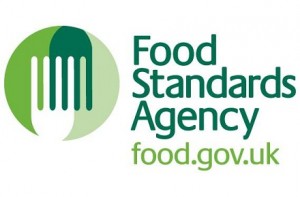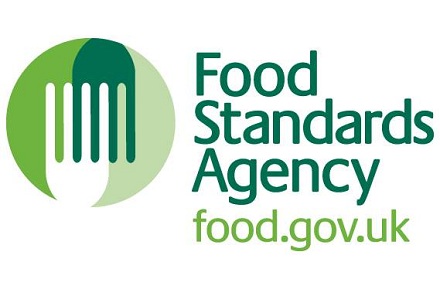The Food Standards Agency (FSA) has produced a summary of its research published in June 2012. This includes a comparison of aflatoxin levels between Brazil nut kernels and their shells, and a study evaluating the levels of arsenic, cadmium, lead, copper and zinc in samples of fruit and vegetables grown in the UK.
 |
| [relatedPosts title=”Related Posts”] |
|
|
Aflatoxins in Brazil nut kernels and shells
The relationship between the levels of aflatoxin contamination in Brazil nuts kernels (edible portion) in comparison to that on the shell (non-edible portion) was investigated. The results of the project support the conclusion that initially aflatoxin contamination occurs on the shell, or more particularly on the surface of the kernel at the interface with the shell, with little contamination on the kernel. However, as the infection increases, the amount of aflatoxin on the kernel increases dramatically and the aflatoxin on the shell remains at a relatively low level. A conversion factor was determined that could allow the estimation of the level of aflatoxins in the kernel when the concentration in the whole nut is measured, further work will be required to validate the conversion factor.
Research Summary and report available here.
Arsenic speciation in fruit and vegetables
The project aimed to establish the levels of total and inorganic arsenic, cadmium, lead, copper and zinc in UK-grown fruits and vegetables, and to measure the distribution of all these metals in selected fruits and vegetables, from ‘skin to core’ using laser ablation mass spectrometry. The levels of metals reported in this study do not increase concern about risk to human health.
The Agency carries out and commissions extensive scientific research and survey work to ensure that our advice to the public is based on the best and most up-to-date science.
Research Summary and report available here.
.





